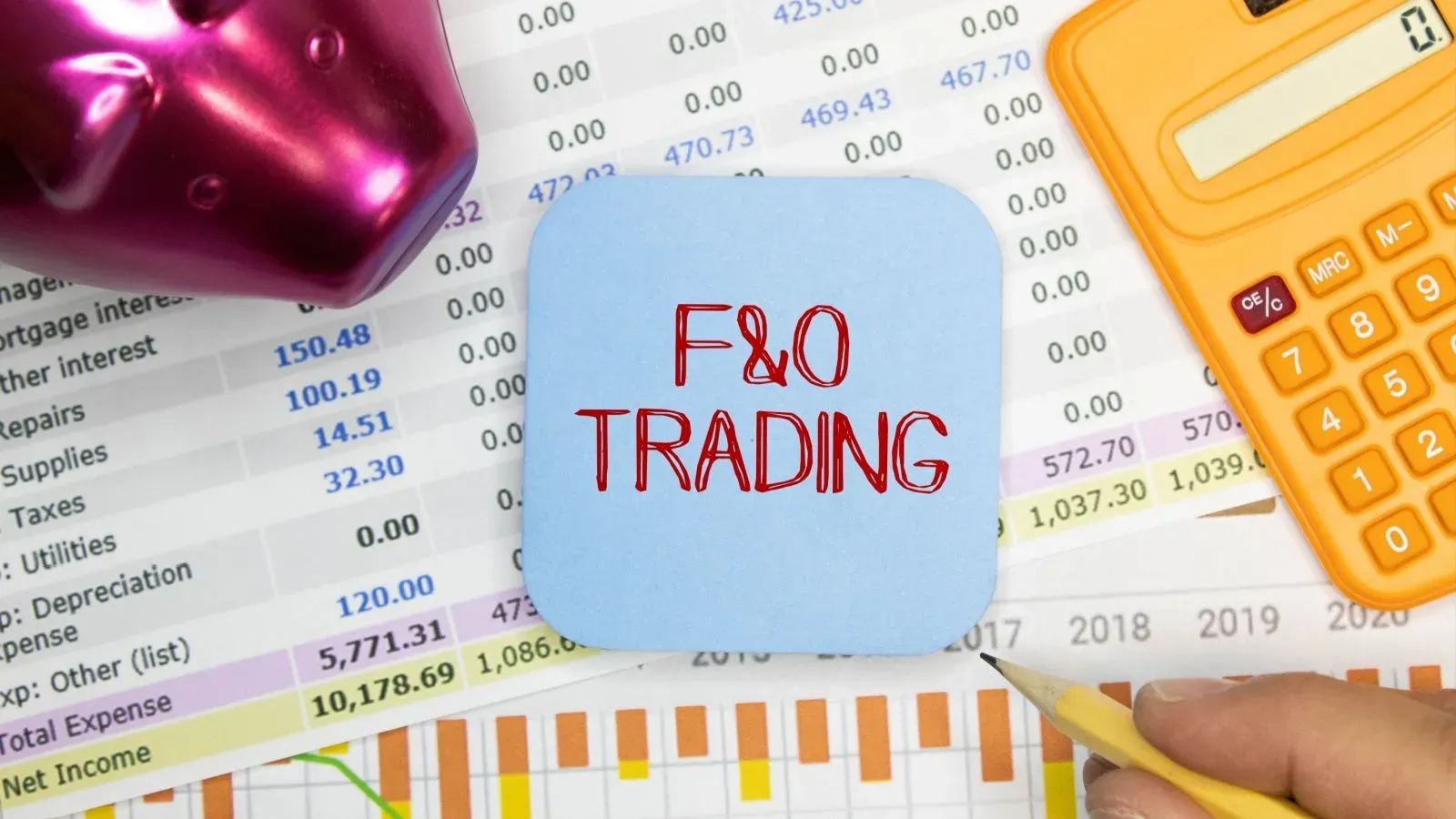Best ways to perform option chain analysis: Decode option chain data like a pro
Written by Upstox Desk
Published on July 31, 2025 | 5 min read

Summary:
Option chain is a means to simplify trading through a comprehensive understanding of the fluctuating stock movement, market trends, and patterns. With option chain analysis, traders can effectively decipher the critical components in a data chart and make informed trading decisions.
All of us like choices, like browsing while shopping, be it online or offline. The same applies to online trading and investing, the only difference here is people can both buy and sell commodities. Traders feel a lot empowered when they are offered a list of options and insight into the stock movements and trends, and that is why they use option chain.
Option chain is a matrix providing an overview of all the potential option contracts for an asset. Simply put, it is a list of the available call and put options that indicate potential trading opportunities. Let’s break it down further for more clarity, starting with the difference between puts and calls.
An options listing is bifurcated into calls and puts. If an individual selects the call option, they have the right to purchase say 100 shares of stock at a fixed rate until a limited date. Opting for a put option, on the other hand, allows a person to sell the 100 shares for a fixed price up to a set date, giving them the right to do so without any obligation.
Option chains are like data houses for traders eyeing the stock market vigilantly. In this blog we will explore why we need option chain data and how we can ace options chain analysis smartly.
Why is option chain analysis important?
An option chain analysis can open new avenues by introducing traders to new options and opportunities. Instead of having to search for an entire script name, option chain ensures access is just one click away. Needless to say it saves a lot of time making trading much faster and easier. Options chain also reveals necessary information pertaining to an asset such as strike prices and expiration dates, helping traders make informed decisions.
Option chains can be used:
-
As a warning sign to detect anomalies in the index
-
To create option strategy for various strike prices
-
To provide useful insights into the stock movement
-
To deliver a quantitative overview of each stock
-
As a macro-level indicator chain
Now that we know exactly why option chain data is needed, let’s figure out how to analyse options chain like a pro.
How to become an option chains expert?
By now it’s clear that option chain data is used as a supplemental tool to forecast stock movement and make trading and investment choices more informed. To invest profitably, traders must leverage options chain data, and for doing that they should be able to read the options chain chart correctly. It consists of several components, each providing valuable insight for the traders to make an informed decision.
Learn what each component means:
-
- Strike price – It is the fixed price at which the owner can buy or sell the underlying commodity/security
-
Premium – An option premium is the fee/price paid by a trader for a call or put option contract
-
Open Interest (OI) – OI represents the outstanding derivative contracts that have not been settled i.e., contracts that are open for trading
-
Implied Volatility (IV) – It reflects the predicted movement of underlying security. High IV means greater movement of the underlying security therefore higher option prices
-
Volume – It is the total number of contracts made in day. Greater the volume, more is the importance of the contract among traders
Stepwise analysis of options chain:
Following the listed steps helps traders systematically decipher options chain
- Charting: Analyse option chain data with the help of graphs and charts to identify market trends and patterns
- Technical analysis: Use statistics to analyse option chain data and make informed trading decisions
- Fundamental analysis: Study underlying factors like economic indicators and company earnings reports to determine price impact
- Greeks analysis: Assess changes in underlying asset cost, time decay, and volatility to identify risks and rewards from different trading strategies
- IV analysis: Examine prices of options to discover mispricing in the options market and create relevant trading strategies
- Options spread analysis: Study costs of different options with same underlying asset to unlock trading new opportunities.
Benefits of option chain:
- Provides an in-depth view into profitable trading options like ITM, OTM
- Helps traders assess the liquidity of their assets & access option premiums
- Offers a comprehensive understanding of economic indicators affecting strike prices
- Identifies potential trading opportunities, trends and patterns
- Promotes development of robust risk management techniques
- Ensures higher trading performance, more profitable trades and fewer losses
In Conclusion
If you want to venture into the world of options trading, you must learn the basics– what options are, how they work, and different types of options. Studying the Greeks is critical as they are essential to understand how factors like price, time, and volatility affect options. You must also learn how to interpret option chain components, strike prices, option premiums and expiration dates.
Ultimately, the goal should be to develop a robust risk management strategy and stay informed of recent market trends, economic events, and news. Here, using analytical tools and software to assess IV and perform scenario analysis can complement your endeavours.
About Author
Upstox Desk
Upstox Desk
Team of expert writers dedicated to providing insightful and comprehensive coverage on stock markets, economic trends, commodities, business developments, and personal finance. With a passion for delivering valuable information, the team strives to keep readers informed about the latest trends and developments in the financial world.
Read more from UpstoxUpstox is a leading Indian financial services company that offers online trading and investment services in stocks, commodities, currencies, mutual funds, and more. Founded in 2009 and headquartered in Mumbai, Upstox is backed by prominent investors including Ratan Tata, Tiger Global, and Kalaari Capital. It operates under RKSV Securities and is registered with SEBI, NSE, BSE, and other regulatory bodies, ensuring secure and compliant trading experiences.





















